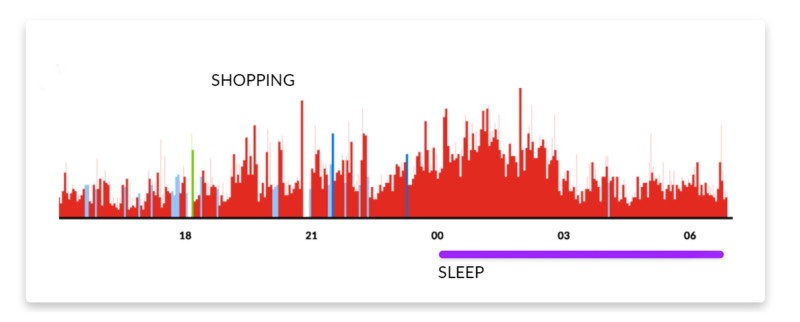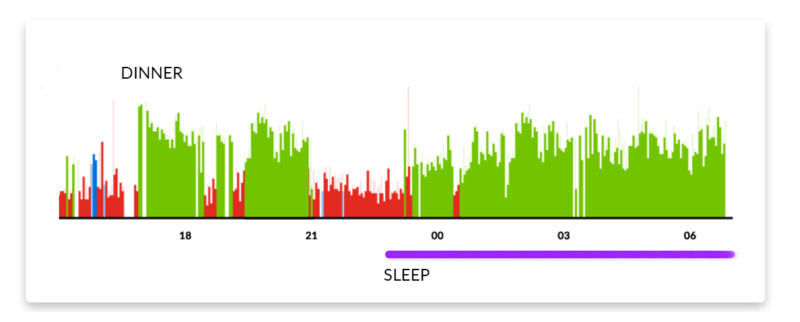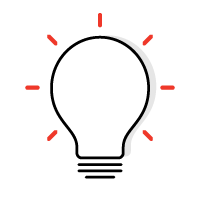Positive or negative stress?
Stress activates us and helps us perform. Our days can, and should, include some stress reactions. But, to offset the effects of stress, we also need recovery.

The Firstbeat graph is red when your body is experiencing stress.
What is stress?
Stress is a normal daily reaction that elevates the body’s activation level.
In the short term, and in appropriate amounts, it improves performance.
Excessively strong and/or chronic stress weakens the body’s defense mechanism and functional capacity and increases the risk of chronic illnesses.
What is recovery?
Recovery is the opposite of stress.
During recovery, the body and the mind calm down and the body returns to homeostasis, or a state of balance.
The most important part of the day for recovery is sleep. In the longer term, days off and holidays help too. Shorter breaks during the day are beneficial because they help break up continuous stress.

The Firstbeat graph shows your body’s physiological recovery and intensity of the recovery in green.

From stress to recovery
A stress reaction can be initiated by any stimulus that we have to respond to.
During a stress reaction, the sympathetic nervous system (our body’s gas pedal) becomes active, making you more alert and ready to react to stimuli.
During recovery, the parasympathetic nervous system (the break) kicks in and has a calming effect on the body and mind.
 Useful stress activates us when needed, but does not interfere with recovery when we rest.
Useful stress activates us when needed, but does not interfere with recovery when we rest.
 Harmful stress keeps the body in overdrive and impairs recovery during the day and at night.
Harmful stress keeps the body in overdrive and impairs recovery during the day and at night.
What causes negative (harmful) stress?
Things that cause negative stress include feeling constantly rushed, performance and work pressures, fear and worry, drugs and alcohol, constant 24/7 stimulation, and excessive physical load.
The stronger and longer-term the stress is, the more recovery time the body needs.


“There should be both stress and recovery in your day
– what’s important is that there’s a balance between them”
Did you know?
Enjoyable activities can show up as positive stress without being harmful. For example, practicing a new song on a musical instrument requires focus and cognitive work, and the body’s activation level is high. Playing a familiar song, on the other hand, can be relaxing and show up as recovery.
